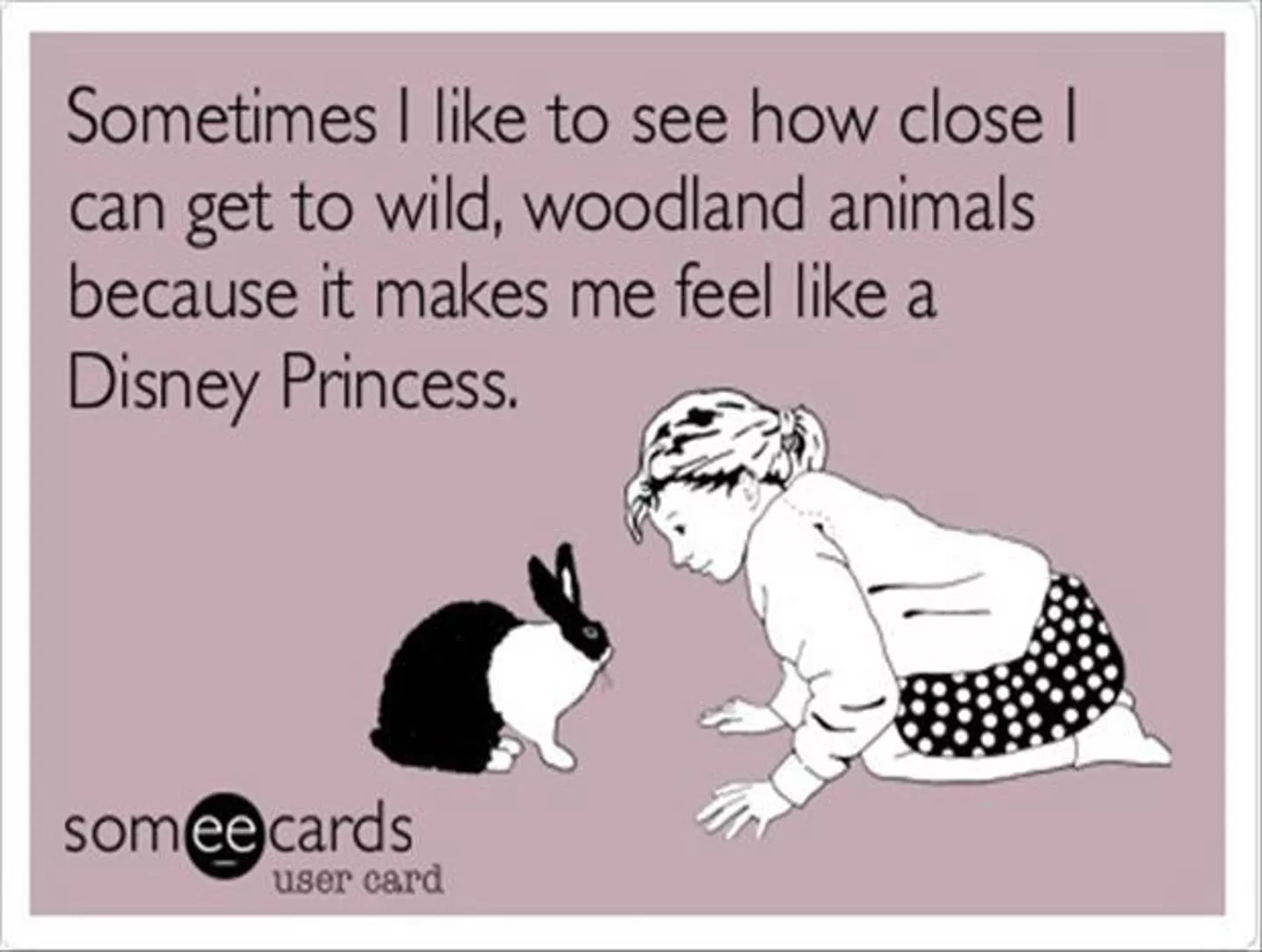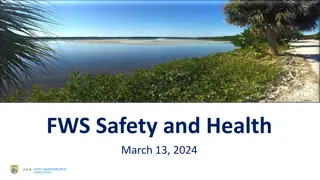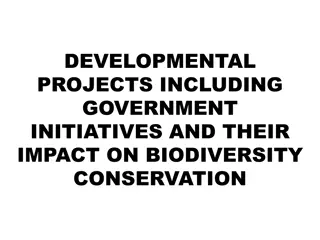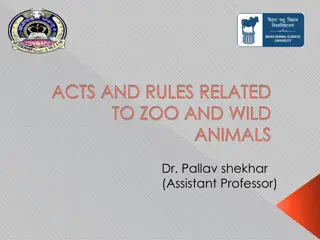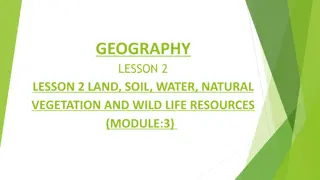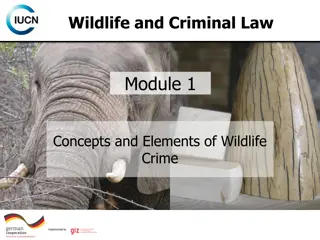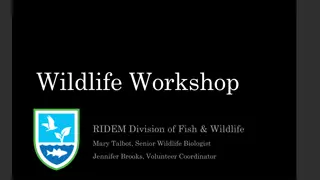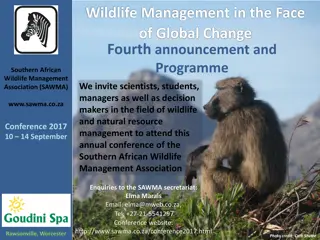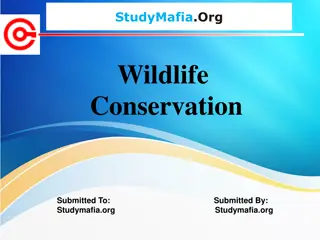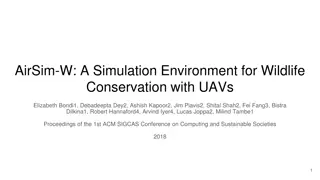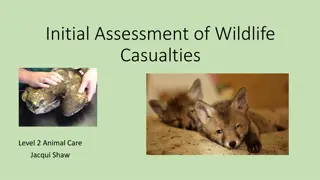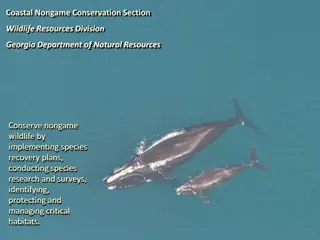Responsible Wildlife Interaction Guidelines
Learn when and how to help a wild animal, understand ethical responsibilities in wildlife rehabilitation, identify observable diseases, and know who to contact when encountering a sick or injured animal. Recognize signs of distress in baby animals and proper actions to take if you find an injured or abandoned one. Differentiate handling procedures for species and sizes, emphasizing safety and caution. Avoid approaching adult wildlife, as they can pose a risk. Rehabilitation facilities aim to heal injured animals for release back into their natural environment.
Download Presentation

Please find below an Image/Link to download the presentation.
The content on the website is provided AS IS for your information and personal use only. It may not be sold, licensed, or shared on other websites without obtaining consent from the author. Download presentation by click this link. If you encounter any issues during the download, it is possible that the publisher has removed the file from their server.
E N D
Presentation Transcript
The student will: Describe when to help a wild animal. Understand when NOT to help a wild animal. Know the ethical responsibilities of rehabilitating wildlife. Describe different observable diseases in wildlife. Know who to contact when in the presence of a sick or injured animal.
It is crucial to know if the baby is an orphan. Do NOT assume the baby is an orphan if found alone! Example: It s common for deer to bed down their fawns while they go graze and return periodically. This is a defense mechanism against predators. If the mother does not return to her baby in 24 hours, consider orphan status.
Does the baby animal look distressed or abandoned? Wandering around Calling for its mother Very young (no/little hair, feathers, or closed eyes) Are there any visible injuries? Broken limbs Evidence of bleeding Is there a deceased mother nearby?
If you find an injured or abandoned baby animal, what should you do? 1. Call local animal control, game warden, veterinarian or humane society. If instructed to bring the animal in, use caution to avoid being bitten or scratched. Be gentle and cautious while handling or transporting the baby animal. 2. 3.
The species and size determines how to properly handle the animal: Wear thick gloves while handling the baby animal. Place a towel over the animal. Put the animal in a container that has a lid. Make sure the animal can breathe while in the box! Keep noise to a minimum. Transport the animal immediately!
Never attempt to handle adult wildlife! Even the smallest of animals can hurt you. Immediately call local animal control, game warden, veterinarian, or humane society. Be sure to report the location and your observation of the animal s condition.
Goals of Rehabilitation Facilities: Heal and release injured animals back into their natural habitat. Care for injured animals that cannot be released back into the wild. Educate the public about the different species of wildlife. All wildlife species and animals of all ages are welcome to a rehabilitation facility. Texas Parks and Wildlife Rehabilitation Video There are rehabilitation facilities all over the world helping all species of animals! Africa Rehabilitation Center Video
What are Some Diseases Wild Animals can Carry?
Chronic Wasting Disease Found mostly in deer, mule- deer, and elk Neurological disease that attacks the brain Symptoms Low Body Weight behavior abnormalities Increased Salivation Causes Death Similar to mad cow disease
Rabies Commonly found in skunks, bats, and raccoons but can affect any mammal Saliva carries the virus Humans or pets can contract rabies from a bite Rabies is a virus that attacks the brain and causes death Symptoms: Foaming of the mouth Out of the ordinary behaviors About Rabies Video
Mange Found in squirrels, coyote, raccoons, any species with hair A class of skin diseases caused by parasitic mites which burrow into the skin Causes hair loss Transmissible to humans or pets
Do NOT approach animals that are not behaving normally. e.g., nocturnal animals roaming during the day or overly friendly behavior in a wild animal Do NOT attempt to handle any animals that could be injured or carrying diseases! Remove yourself from the animal s presence immediately if they are displaying defensive or threatening behavior!
Who should you call? Call your local game warden, animal control, or Parks and Wildlife office. Be able to fully describe what you witnessed and the general location of your sighting. If you feel threatened leave the area immediately.
When rescuing a wild animal ask yourself what is best for the animal? The goal for every animal in rehabilitation is to get released back into the wild. It is ethical to euthanize an animal if their injuries or diseases will cause continued suffering.
More information about Texas Wildlife, Rehabilitation centers, and Contact can be found here: http://www.tpwd.state.tx.us/ If you want to help wildlife animals, volunteer at your nearest Wildlife Rehabilitation Center!
Video Resources http://www.youtube.com/watch?v=NyZpN_C3exM http://www.youtube.com/watch?v=4pIujcGyZto http://www.youtube.com/watch?v=BZiBZkNxsp8
Website References http://www.humanesociety.org/animals/reso urces/tips/injured_orphaned_wildlife.html http://www.cdc.gov/rabies/ http://www.tpwd.state.tx.us/huntwild/wild/re hab/orphan/ http://www.tpwd.state.tx.us/


